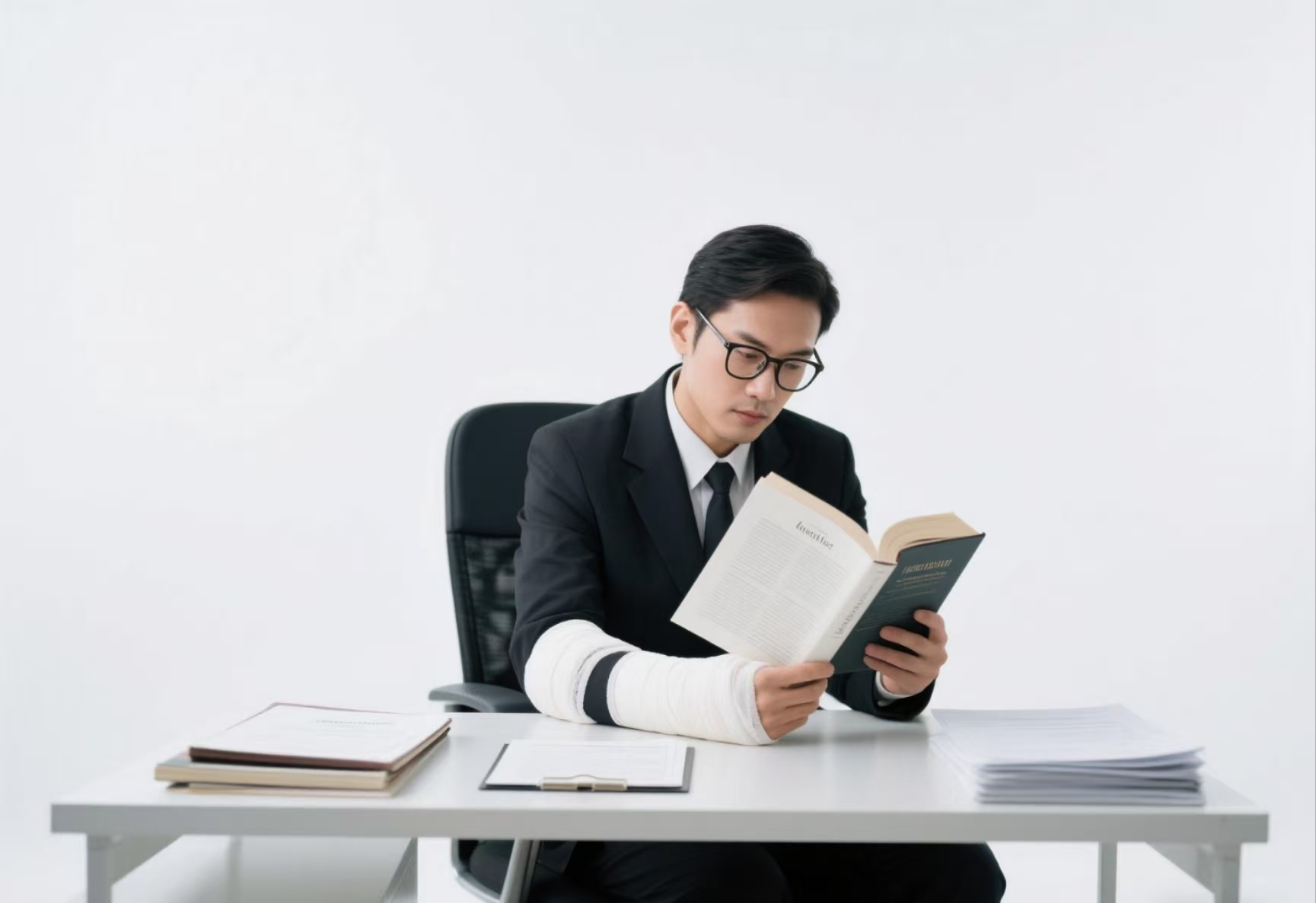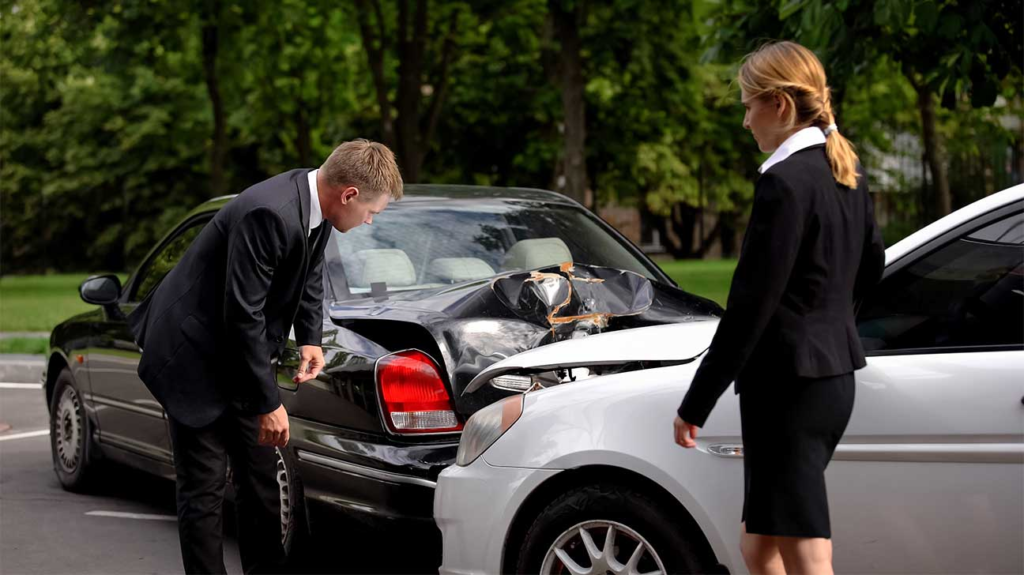Slip and fall accidents are more common than you might think, and they can lead to serious injuries and legal disputes. If you or someone you know has been involved in such an incident, understanding the nuances of a slip in fall lawsuit is crucial. This article will explore the key aspects of these cases, including liability, compensation, and steps to take if you find yourself in this situation.Slip and fall accidents typically occur due to hazardous conditions on someone else’s property. These conditions might include wet floors, uneven surfaces, or poorly maintained walkways. When such accidents happen, the property owner may be held liable if negligence can be proven. Here’s what you need to know:
- Proving Negligence: To win a slip in fall lawsuit, you must show that the property owner knew or should have known about the hazardous condition and failed to address it.
- Types of Injuries: Common injuries from slip and fall accidents include fractures, sprains, head injuries, and back problems. Severe cases can even lead to long-term disabilities.
- Compensation: Victims may be entitled to compensation for medical bills, lost wages, pain and suffering, and other damages.

If you’re considering filing a slip in fall lawsuit, it’s important to act quickly. Evidence can disappear, and statutes of limitations may apply. Here are some steps to take immediately after an accident:
- Seek medical attention, even if injuries seem minor.
- Document the scene with photos or videos.
- Gather contact information from witnesses.
- Report the incident to the property owner or manager.
- Consult with a personal injury attorney.
Navigating a slip in fall lawsuit can be complex, but with the right legal guidance, you can protect your rights and pursue fair compensation. Whether you’re a victim or a property owner, understanding these legal principles is essential for preventing and addressing slip and fall incidents.

